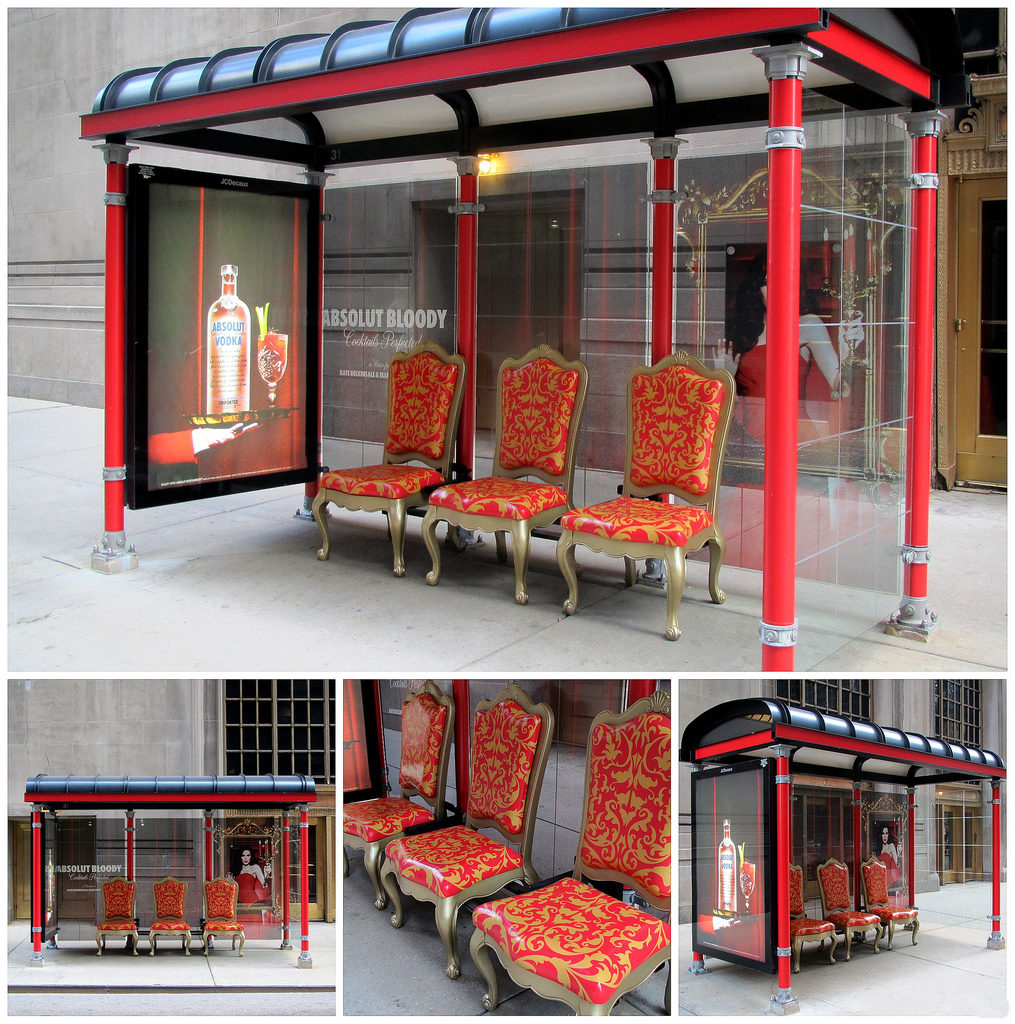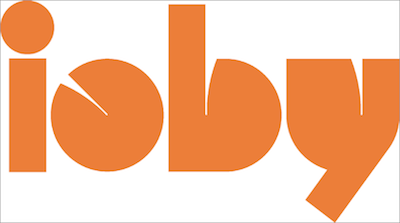Photo credit: clarkmaxwell / Foter / CC BY-NC-ND.
A cultural bus stop activation is a days-long temporary transformation of a mundane transit stop into an exciting place filled with amenities and cultural programming. Nimbly connecting neighborhood institutions to transit reminds residents of the community’s assets. Temporary installations are quick, can be lent for free and avoid lengthy permitting processes.
STEP 1. Choose Your Stop
Be sure to pick a bus stop that has riders, so you have people to engage. Contact the transit authority to find out where there are high volumes of boardings and long wait times. Consider your goals. For example, do you want to address a site-specific issue, like reducing graffiti? If so, pick a site that demonstrates the issue simply. Be sure to address right-of-way and liability up front.
STEP 2. Engage the Neighborhood & the Riders
Let people know what’s happening and get them excited. Use signs, websites, or lead workshops to spark ideas about uses and activities that riders want. Riders or neighborhood residents and businesses may have some incredible ideas or materials that can be donated, borrowed, or sponsored.
STEP 3. Partner with Cultural Institutions
Marketing agencies have designed many bus stops with engaging activities geared toward advertising, but activations should be about more than just selling goods and services. Reach out to cultural institutions, especially those served by the bus stop, to see how they can bring their programming to the stop. Consider some of these examples for inspiration:
- A local library could donate a book cart or install a Little Free Library.
- A YMCA could lead riders in stretching or exercise classes.
- A historical society could host a trivia game or a scavenger hunt.
- In Pittsburgh, Highmark Community Blue heated bus shelters in winter.
- In Victoria, BC, the zoo installed an interactive display in the bus shelter to show kids (and adults) what the world looks like to an insect.
STEP 4. Activate Your Cultural Bus Stop
Make a plan, make sure all the materials and programs are coordinated and confirmed. Double check that you have permission from the authorities. Then put everything in place, and spend one or a few days hanging out at the bus stop
STEP 5. Record Your Impact
Take before and after measurements on Placemaking Indicators (e.g., the number of people smiling, the number of conversations between strangers, people’s satisfaction and feeling of safety with the space, etc.). Write a blog or short report about not only what the activation was, but also how it followed a bottom-up Placemaking process. Finally, get local media there to help spread the idea that transit can be a fun and convenient form of transportation in your community.
List of Supplies & Estimate Budget
- Donated or borrowed materials specific to programming and signs, paint, chalk, etc. ($0 – $200)
Approximate budget and recommended time of year
- Spring or Fall is best
- Summer if the intervention includes cooling, e.g. cool beverages, misting stations, etc.
- Winter if the intervention includes heating, e.g. space heaters, hot lamps, etc.
Estimated Time Needed
- 40-120 hours to select a site and coordinate programming partners and materials (process should be started at least 2 months prior to installation)
Who Should Be Involved
- Transit Agency
- Public Works Department (or in some places the Transportation or Parks Departments manages bus stops)
- Bus Bench or Shelter advertising franchise holder
- Neighborhood cultural institutions
More Resources
- Thinking Beyond the Station
- Public Participation Tools for Transit Dependent Communities
- Lighter Quicker Cheaper
##
Shareable is featuring one how-to a week from ioby's Trick Out My Trip report. Below are all the posts in the series. It's all stuff that "any community can do to improve their transit experience in five easy steps."
- How to Trick Out Your Bus Stop
- How to Turn a Bus Stop into Art
- How to Apply Plaza Principles to Transit Hubs
- How to Make Transit Hubs Safer for Everyone Using Intersection Repair
- How to Create a Network of "Sharing Stops" for Expanded Transit Access
This entry was written by David Nelson & David Leyzerovsky, Project for Public Spaces:
David Nelson, Transportation Project Associate at PPS, is a transportation professional, physical planner, and urban designer from Nebraska. His focus is on public space, transportation and behavior, and he works on projects including form based codes and public space programming.
David Leyzerovsky is part of the PPS Transportation Team, working as Transportation Fellow. His primary responsibilities include helping promote the 2014 Pro Walk/ Pro Bike/ Pro Place Conference, and maintaining and updating the Federal Highway Administration’s Context Sensitive Solution Site.









